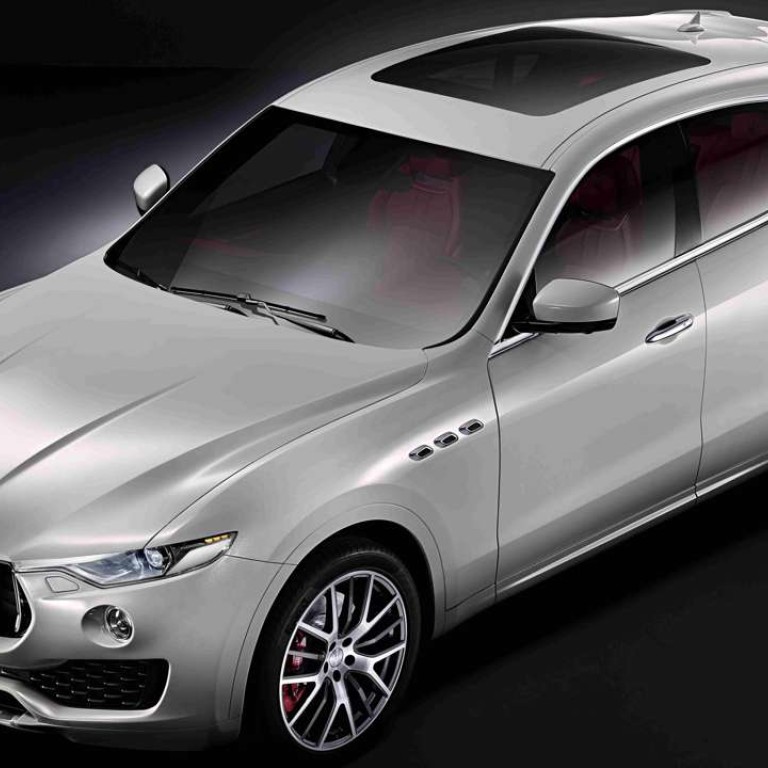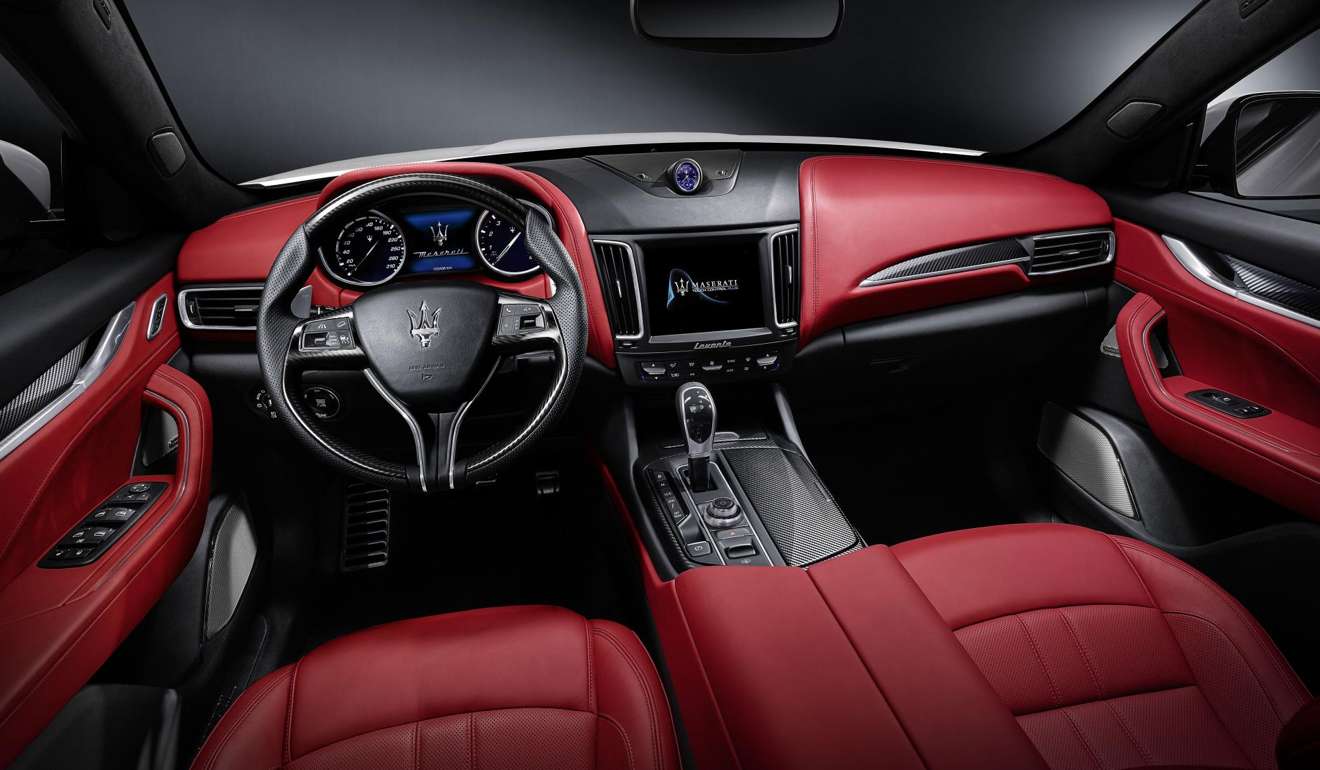
The fast, spacious, assured Maserati Levante may be the least SUVish SUV in town
The Levante is central to the Italian carmaker’s plans to double production from 33,500 units a year in 2015 to 70,000 by the end of next year
“Please mind the rims,” I’m reminded as I approach a pot-holed road. It’s a rather disquieting request, since we’re about to test the off-road capabilities of the Maserati Levante (pronounced “Levant-eh” and named after a warm, if changeable, Mediterranean wind), so the notion that the car may not be able to cope with a few little bumps is not the most promising start.
But Maserati is completely upfront about it: “Maybe 90 per cent of the Levante’s customers won’t take it in anything more off-road than deep grass in a field,” a company spokesman says. “But it still needs those off-road capabilities”.
Those who do go off-road in one will, it’s pointed out, wisely make sure their model comes with more of an “all-season” tyre and less of a “recently re-tarmacked, street-only” 21-inch chrome.

Maybe this is something the car industry should consider: that all most people really want is a rugged people carrier, with a higher riding position and plenty of room inside. And, at five metres long - making it the longest class in its segment - and with a three-metre wheelbase, the Levante has plenty of that.
And yet, for all its interior size, the Levante - of all premium SUVs - looks the least SUVish. In off-road mode, it’s raised an additional 40mm off the neutral stance to provide extra ground clearance, much as in sport mode it’s lowered a little too. But in everyday mode - there’s no button labelled this, by the way - its profile is remarkably long and sleek, at least relative to the usual boxy form of most SUVs, even the Porsche Cayenne, its most obvious competition.
The Levante, Maserati claims, has the lowest drag co-efficient of any car in the category - which, together with its 3-litre, V6 engine, makes it capable of hitting 100km/h from zero in 6.9 seconds, marginally faster than the Cayenne. It is almost a new category of car altogether - an SUV/sports hybrid. It is, at least, the most shyly SUV SUV on the market.

The Levante is set to account for some 48 per cent of all Maserati sales - and with China being the company’s second-biggest market after the US, and Chinese roads often being good territory for SUVs – flashy rims or not – that projection could well prove right.
The Levante’s considered bulges make it muscular rather than macho, and are balanced by much lighter touches such as frameless doors
It will no doubt also be playing on its appealing all-Italian credentials. What Maserati doesn’t make itself, Ferrari does for it - notably its petrol engines. But while, as a result of an esteemed racing history, many people tend to put Ferrari and Maserati in the same bag, the latter is shifting somewhat its pricing to go up against the more upper end models from the likes of BMW and Mercedes.
That makes the Levante a very attractive package in large part because, unlike many SUVs, it’s an easy, rock-solid ride on the road, thanks to an even 50/50 front/rear weight distribution. And there is no jelly ride here - rather an aluminium double wishbone, five link suspension made up of air springs and electronically-controlled Skyhook shock absorbers.

There is all that wraparound leather inside, the front seats available too in a sportier version for those customers who really want to go to town (and not the country, thanks) with their denial that they are, in fact, owners of an SUV.
Then there is all the sexy Maserati design signage: the side vents, the concave grille, that rear pillar - more typically found on a coupe than a clod-hopper - or the brand’s trident logo worked into the spokes of the alloy wheels. Just mind those pot-holes.
And did we mention that the Levante does actually go off-road too, even if you’ll probably never take it there? Although there was no opportunity to ford a river, or to work up the side of a forested mountainside, the Levante makes light work of deliciously muddy slopes, on the way up cleverly shifting power between the wheels to maximise traction wherever it is most effective. On the way down, its descent system somehow finds grip where there surely was none. Fortunately the forward collision warning system is not required.

